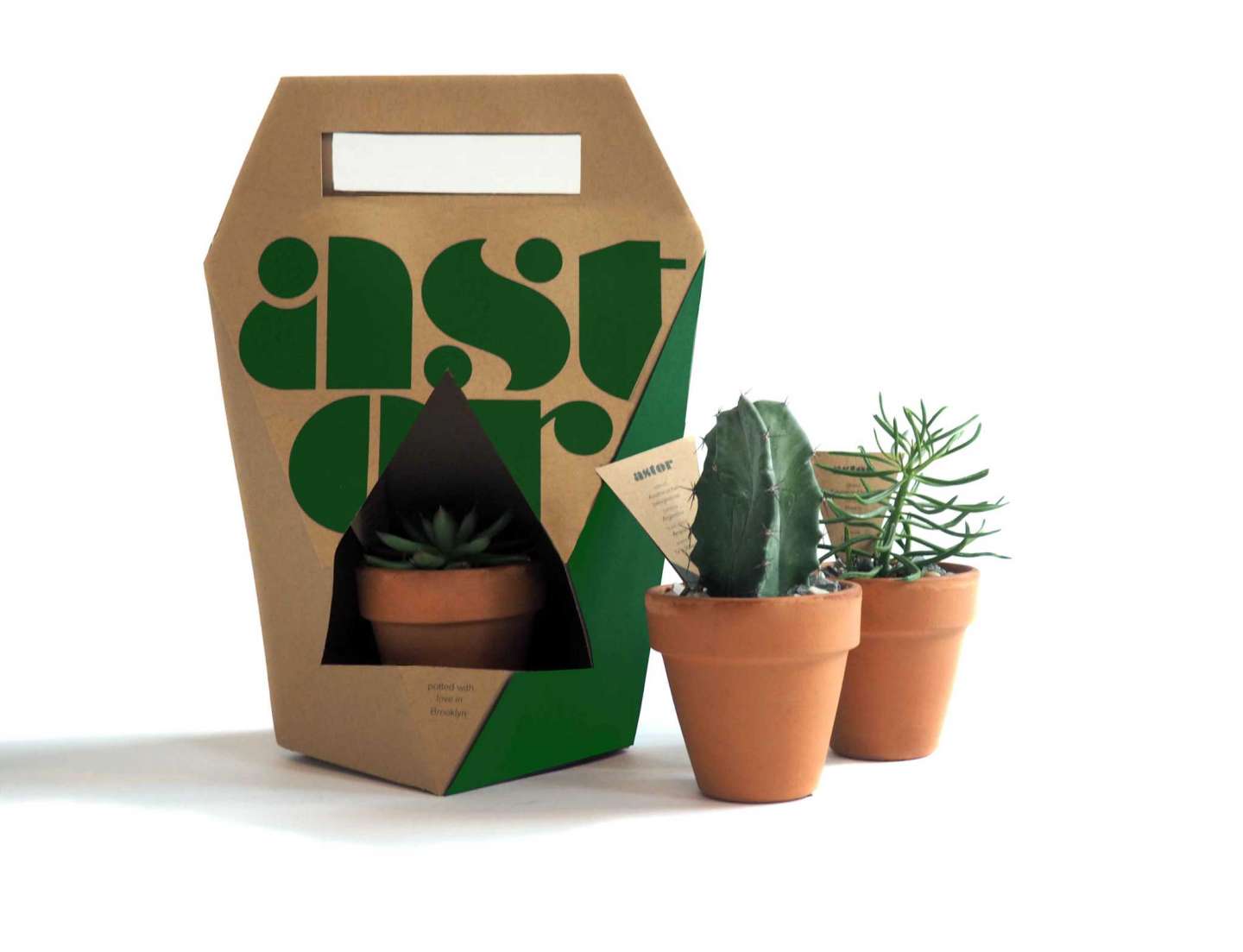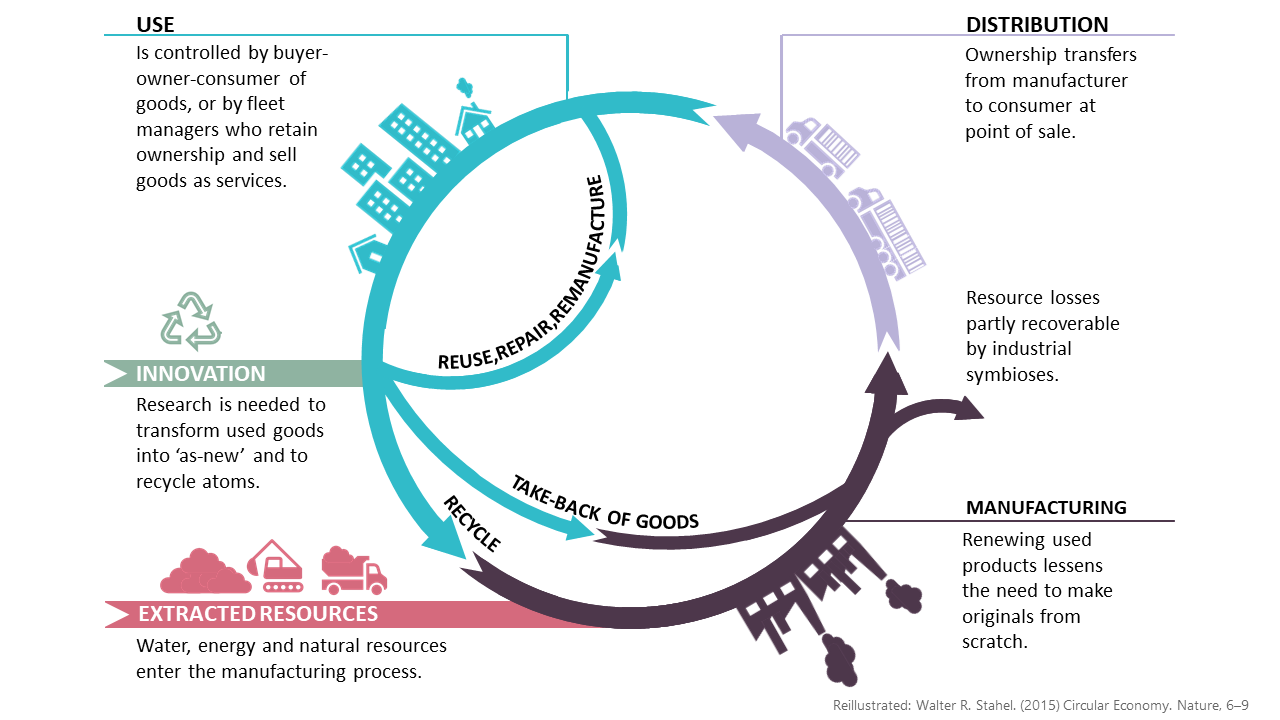In today’s rapidly evolving world, sustainable design has become a critical aspect of the industrial sector. With increasing awareness about climate change and the depletion of natural resources, industries are under pressure to adopt environmentally conscious practices. This paradigm shift has led to the emergence of innovative solutions and best practices aimed at minimizing the ecological footprint of industrial operations.
- Energy Efficiency: One of the primary focuses of sustainable design in the industrial sector is energy efficiency. Industries have recognized the importance of reducing energy consumption to lower greenhouse gas emissions and operational costs. Innovations such as smart energy management systems, advanced control technologies, and energy-efficient equipment have enabled industries to optimize their energy usage. These technologies not only help in reducing environmental impact but also result in substantial cost savings over the long term.
- Waste Management: The industrial sector has long been associated with significant waste generation. However, sustainable design principles encourage industries to adopt waste management strategies that minimize their impact on the environment. Advanced waste treatment and recycling technologies, such as anaerobic digestion, composting, and material recovery, enable industries to extract value from waste streams while reducing the amount of waste sent to landfills. These practices not only contribute to a circular economy but also help conserve natural resources.
- Water Conservation: Water scarcity is a pressing global issue, and industries are taking steps to reduce their water consumption through sustainable design. Water-efficient technologies, such as closed-loop systems, water recycling, and rainwater harvesting, are being implemented to minimize water usage and promote responsible water management. Additionally, industries are investing in water treatment and purification systems to ensure that discharged water meets or exceeds regulatory standards, safeguarding ecosystems and public health.
- Green Materials and Processes: Sustainable design in the industrial sector also emphasizes the use of eco-friendly materials and processes. Industries are increasingly adopting renewable and recyclable materials in their production processes, reducing reliance on non-renewable resources. Furthermore, the use of environmentally friendly manufacturing processes, such as 3D printing and lean manufacturing, helps optimize resource utilization and minimize waste generation. These practices not only reduce the environmental impact but also enhance the brand value of companies committed to sustainability.
- Collaboration and Stakeholder Engagement: Achieving sustainable design goals in the industrial sector requires collaboration and engagement with various stakeholders. Industries are working closely with suppliers, customers, government bodies, and local communities to drive sustainability initiatives. Collaborative efforts enable the sharing of knowledge, resources, and best practices, fostering innovation and accelerating the adoption of sustainable design principles across the industrial landscape.
Sustainable design in the industrial sector is no longer an option but a necessity. Through innovation and the implementation of best practices, industries are transforming their operations to minimize their environmental impact while maintaining profitability. The adoption of energy-efficient technologies, waste management strategies, water conservation measures, green materials, and processes are all contributing to a more sustainable industrial landscape. Furthermore, collaboration and stakeholder engagement are crucial in driving sustainable design initiatives. As industries continue to evolve, embracing sustainability will not only benefit the environment but also position them as leaders in their respective fields.
Sustainable design in the industrial sector is crucial for minimizing environmental impact, conserving resources, and promoting long-term sustainability. By implementing energy-efficient practices, reducing waste, conserving water, embracing the circular economy, and incorporating green building design, businesses can contribute to a more sustainable future. It is essential for industries to prioritize sustainable design and continually innovate to achieve a balance between economic growth and environmental responsibility.
At the Dot School of Design, we recognize the importance of sustainable design in the industrial sector. Our curriculum equips students with the knowledge and skills to design products, processes, and systems that are environmentally responsible. By instilling sustainable design principles, we aim to prepare future designers who will drive innovation and contribute to a more sustainable industrial future.
For more blogs related to industrial design: https://www.dotsod.in/category/industrial-design/
Follow us on Instagram: https://www.instagram.com/dotschoolofdesign/




